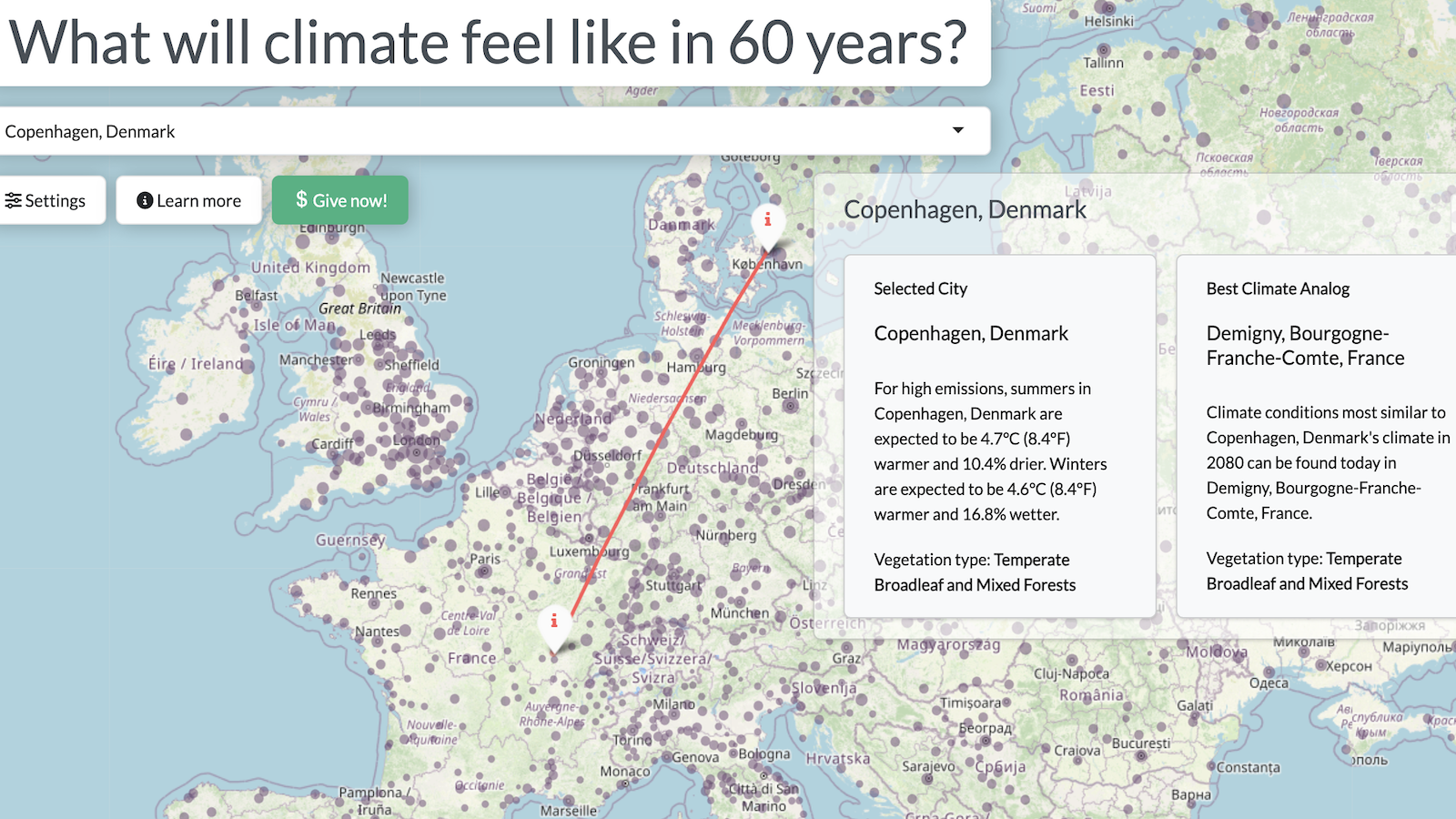More Spending That Pays for Itself

The latest bout of Washington’s sporadic obsession with reducing deficits is coming at an unhealthy time. Despite the fact that the cost of paying the nation’s debts is now extremely low by historical standards, Democrats and Republicans are talking gravely about the need for belt-tightening. They’re wrong – this is exactly the time when the government should be borrowing and spending more.
This week, the yield on 30-year treasury notes stands at roughly 3 percent. In other words, the Treasury can now borrow for 30 years at just about the lowest fixed rate ever. Given expected rates of inflation of 2 to 3 percent over that period, the real cost in interest payments is only about 0.5 percent. People around the world are eager to give Washington money – practically for free! – but Washington doesn’t want to take it.
That’s a shame. There is much that the federal government could do with some extra cash. The nation’s infrastructure is in a deplorable state for an advanced economy, ranked 14th globally by the World Economic Forum’s Global Competitiveness Report. Government funding for scientific research has only recovered partly from its low of 0.7 percent of gross domestic product in 2000; it now stands at 0.9 percent, compared to 1.3 percent in 1985. Some agencies that are supposed to protect investors, such as the Securities Exchange Commission, are deeply underfunded, making the economic environment less safe. And the United States could also spend much more to improve its standing in the world, for example by granting non-military aid to countries that could become our export markets of the future.
Let’s say the government borrowed another $1 trillion to spend in these areas. We can also assume the economy will grow at a nominal rate of 4.5 percent per year over the next 30 years (that’s real growth plus inflation), and the federal government will collect 18 percent of GDP in taxes. Even if the result of the new spending were an increase of just over 0.1 percent per year in GDP, starting a decade from now, the borrowing would pay for itself.
Of course, the government could also pay for these investments by reducing its spending on other items. Cutting waste is certainly preferable to borrowing more, regardless of the interest rate. But while the Congress debates sequestration and other ways of trimming spending in specific departments and agencies, it should not miss the tremendous opportunity now presented by the financial markets.




